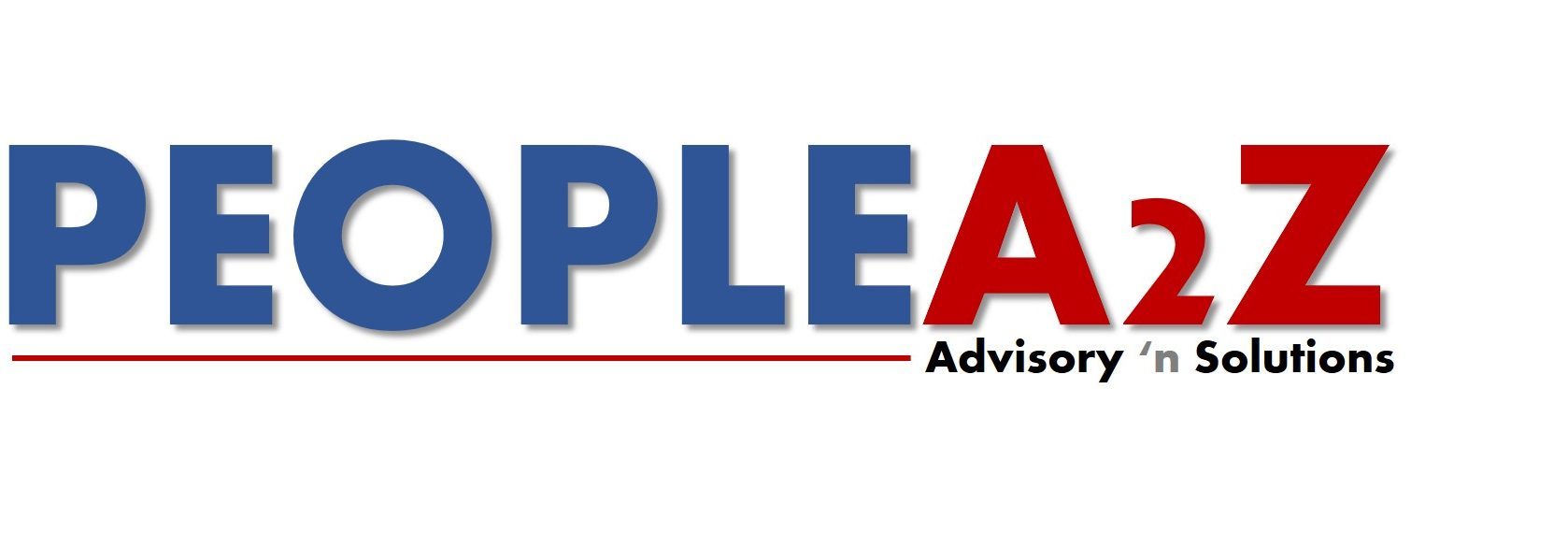
Impact of ROI on HR program is derived from finance. None of the HR expense is booked as investment as these are all treated as expense/costs. HR is always treated as cost center. Human resource team members now more than ever are under pressure to demonstrate the business of HR function from the CEO, CFOs & COOs & other Business Leaders. The ROI measures the financial return on an investment made, or it can be applied to a business measuring the performance of the firm by assessing the net profit compared with the overall net worth of the company.
In more recent years, the ROI concept has been adopted by other industries to evaluate HR projects and programs.
The ROI Data is in the form of:
- Strategic Goal Alignment
- Value Drivers for use of ROI in the HR function
- Elements, steps, and standards/benchmarks of ROI methodology & how it is used to influence the success & image of HR & Organization
- How ROI for Human Resources is typically implemented in an organization
- Development of Effective Human Resource Solutions
Value Chain: Inputs – Reaction & planned action, Learning & confidence, Application & implementation, Business Impact leads to ROI, Tangible & intangible benefits
Today major HR challenges are:
- Talent War
- Leadership Development
- Retention of Key & Critical People
- Follow the race to be the best employer
Approaches so far to measure HR program Value:
- Early approaches – HR auditing, HR Case Studies, Feedback Survey & MBO in personnel function
- Solid value added approaches – HR key indicators, HR cost Monitoring, HR satisfaction Survey & Competitive HR Benchmarking
- Leading Edge approaches – Human Capital Measurement, HR macro Studies, Balance Score Card, HR profit Center, ROI Methodology.
Major area of Applications -Recruitment, Orientation & Induction Learning & development, E learning, Career Development, Leadership Development, Welfare & fitness programs, Meeting & events, Employees Engagements, Organizational Development Initiatives
Selection-Development- Performance-Rewards- Communication
Paradigms shifts:
| Activity Based | Results Based |
| No Business Need for Program | Program linked to specific programs |
| No Assessment of performance issues | Assessment on performance/ effectiveness |
| No Specific measurable objectives | Specific objectives of application of business impact |
| No efforts to prepare program participants to achieve results | Result expectation is communicated to participants |
| No efforts to prepare the work environment to support application | Environment is prepared to support application |
| No efforts to build partnership with key managers | Partnership is established between key managers & clients |
| No measurements of results or ROI analysis | Measurement of results & ROI analysis |
| Planning & reporting is inputs focused | Planning & reporting is outcome focused |
Considerable Investment – HR Initiative linked to Organization Goals – Planned, Measured, Evaluated, Synergized & integrated
Sporadic – Knee jerk, fad based, nice sounding, intuition, luck based, need for speed, strategic importance, sponge like money, etc
THE ROI (Return on Investment)/ BCR (Benefit/Cost Ratio) Formula:
ROI = Net Project Benefits/ Project Costs or Benefit – Cost/Cost
BCR = Program Benefits/program Costs
ROI In Training Investment Value = Total Training Investment/Head Count
ROI in Human Capital = Revenue – (Operating Expense less cost of Human Capital)/Cost for Human Capital
The ROI Methodology – Evolution Planning, Data Collection, Data Analysis & Reporting Impact
ROI as Best Practice to:
- For process Improvement
- Generates micro & macro level Score Card
- Help to remove subjectivity & other biased influences
Why ROI Works:
- Provides a balanced set of measures
- Offers a step by step process
- Bridges business evaluation & initiative evaluation
- Balances research/statistical methods with practical application
- Flexible for all types of initiatives
- Credible with Top Management/Leaders/ Manager /Administrators
Intangible benefits Indicators:
Complaints, Conflicts, Team work, Customer Service, Engagement Stress level, Commitment, Job Satisfaction
HR Metrics:
Human Capital ROI – Ratio of income to employee cost
Revenue Factor – Revenue per employee
Income Factor – Income per employee
Expense Factor – operating employee per employee
Human Added Value – income net of employment cost per head
HR Expense % – HR expenses as a % of total operating expenses
HR Head count ratio – ratio of employees served by HR employee
HR Structure Break down – % of HR resources applied to each key HR area
Voluntary Separations (Turnover) – HR expense as a % total operating expenses
Training Investment Value – Rupee per person that is spent on training
Internal Mobility rate – % of employee who moved internally within a year
Time to fill vacancies – average number of days to fill a vacant position
HR Strategy Key Ingredients:
Analytical, Methodical, Linked, Measured, Synergized, & long Term for Target Achievement & Peak Performance
Measurements:
Recruitment: Cost Per hire per level & Revenue per employee
Selection: Profit before Taxes per employee/Productivity–Individual, team or at organization level & Productivity Overtime
Training: PBT per employee with training v/s no training, Productivity Per employee/Prevented cost of lost opportunity /Prevented cost of future mistakes
Coaching: Cost of turnover, Employee Productivity, Satisfaction & Commitment
Human Capital Success Metric:
- Changes in PMS ratings of Individual – year after year
- Climate Survey Reports
- Customer Complaints/praise
- Customer satisfaction/loyalty
- Employee Commitment Survey Score
- Employee Competency Growth
- Employee Development/Advancement opportunities
- Employee Engagement levels
- Employee Turnover by performance level & by controllability
- Extent of cross functional team work
- Extent of Organizational Learning
- Extent of understanding of the firm Competitive strategy & operational Goals
ROI Benefits:
- Better enablement for key strategic initiatives
- Better decision – making
- Better sense of our risk & better ability to react to change
- Information to innovate
- Better understanding of key drivers
- Better forecasting
- Focused & efficient workforce
The problems associates are:
- No real data available on soft solutions
- Even if data is available HR doesn’t know where to find it
- ROI models are theoretical
- Models are too complex and take too long to complete
- Model do not use real client data
- Model fails to address the critical business issues in the organization
Global Trends:
- HR Budget continue to increase in most of the organization
- Stronger link exists between HR & the Strategic Goals
- Developing HR as Profit Center is intensified
- More HR operational activities are outsourced – focus on core
- Increased interest in Monitoring & Managing Human Capital
- HR Managers/Leaders are trying to learn business/operations
- HR evaluation is more systematic, methodical & proactive
- ROI is growing in use as an HR evolution tool
The effective ROI
“An Organization Success is the product of its People Competence. That link between the people & performance should be made visible and available to all stakeholders”
– John Sunderland Ex-Chairman Cadbury Schweppes
- December 3, 2016
- Posted by: Deepak Bharara
- Category: Best Practices


